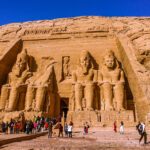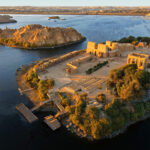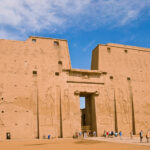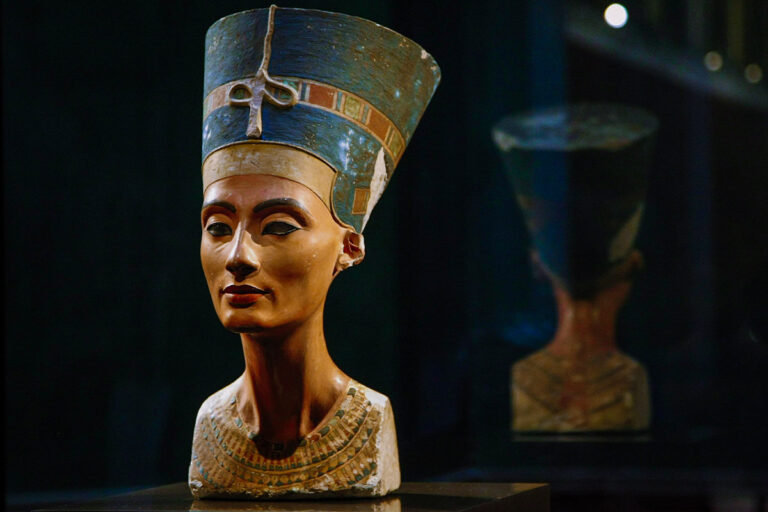When traveling to Egypt, knowing what to wear in egypt woman. Respecting local customs and traditions is crucial in any foreign country, and Egypt is no exception. The way you dress not only reflects your style but also shows your respect for the local culture. Egypt has a rich and diverse culture with significant traditions and religious beliefs. As a woman traveler, understanding and adapting to these cultural norms will help you have a more enjoyable and respectful experience during your visit. Whether you plan to explore ancient historical sites, relax on the beautiful beaches, or immerse yourself in bustling city life, knowing what to wear is key. So, let’s delve into the details and discover the appropriate clothing choices that will allow you to navigate Egypt’s cultural landscape quickly and gracefully.
What to Wear in Egypt as a Woman
To truly appreciate and respect the clothing traditions in Egypt, it’s important to gain a deeper understanding of the country’s culture, history, and religious influences. Egypt has a rich and ancient heritage that dates back thousands of years, with cultural practices deeply rooted in its historical context. Egyptian society highly values modesty, reflected in their traditional clothing choices. Humility extends beyond covering the body to include behaviors and mannerisms as well.
Religion plays a significant role in shaping the dress code in Egypt. Islam is the predominant religion, and its teachings influence the clothing choices of both men and women. Modesty is seen as a virtue, and clothing is considered a means to preserve one’s dignity and protect oneself from unwanted attention. Women, in particular, are expected to dress modestly, covering their bodies with loose-fitting clothing that conceals the shape of their figure.
The concept of hijab, which refers to covering one’s head and body, has different interpretations across Egypt. While some women wear the hijab to express their religious devotion, others may wear it as a cultural tradition or personal choice. Recognizing and respecting these diverse interpretations is essential, as they reflect women’s beliefs and choices in Egypt.
By understanding the cultural, historical, and religious influences on the dress code, you can approach your clothing choices in Egypt with greater sensitivity and awareness. Embracing modesty and adapting to local customs will help you blend in with the local population and show respect for this beautiful country’s traditions and values.

Climate and Seasonal Considerations
Egypt’s climate is characterized by hot summers and mild winters, making it essential to consider the weather when deciding what to wear. During the summer months, temperatures can soar, especially in desert regions. Lightweight and breathable clothing made from natural fabrics like cotton or linen is ideal for staying cool and comfortable. Opt for loose-fitting garments that allow air circulation and protect your skin from the sun’s rays.
In contrast, winters in Egypt are relatively mild, with cooler evening temperatures. Layering is key during this season, as it allows you to adjust your clothing according to the changing temperatures throughout the day. Start with a base layer of a lightweight long-sleeved top or blouse, and add a sweater or jacket as needed. Don’t forget to carry a scarf or shawl to provide warmth and protect against chilly winds.
Regardless of the season, it’s important to prioritize comfort when choosing your attire. Selecting lightweight, breathable fabrics will help you stay cool in the heat and comfortable in the cooler temperatures. Additionally, opt for clothing styles that allow for ease of movement and don’t restrict you during your activities and explorations.
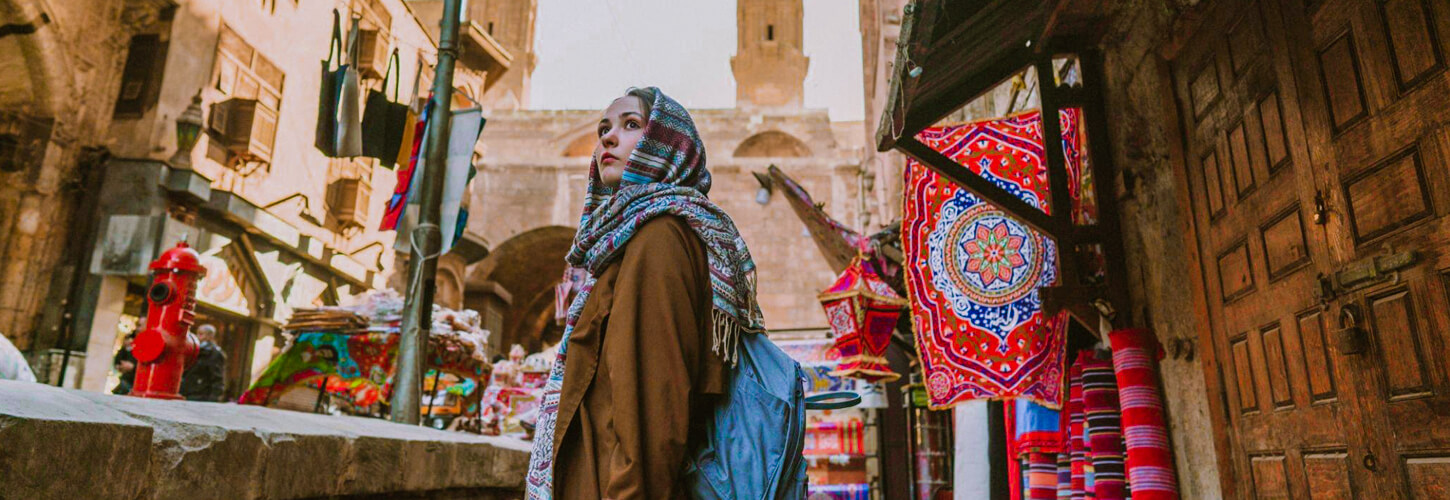
Dressing Tips for Tourist Attractions and Historical Sites
When visiting popular tourist destinations in Egypt, it’s essential to consider the appropriate attire that aligns with cultural norms and shows respect for the significance of these sites. Dressing modestly is highly recommended, especially when visiting religious sites such as mosques, temples, and churches. Both men and women should ensure that their clothing covers their shoulders, chest, and knees. Loose-fitting pants or skirts that fall below the knee are appropriate choices. Women may also want to consider carrying a lightweight scarf or shawl to cover their heads as a sign of respect.
In addition to modesty, comfort is essential when exploring tourist attractions and historical sites. Egypt is known for its vast and magnificent archaeological sites, and you may find yourself walking long distances or climbing stairs. Opt for comfortable footwear like closed-toe shoes or sandals with good support. Choose shoes suitable for uneven terrain and allow you to move around quickly.
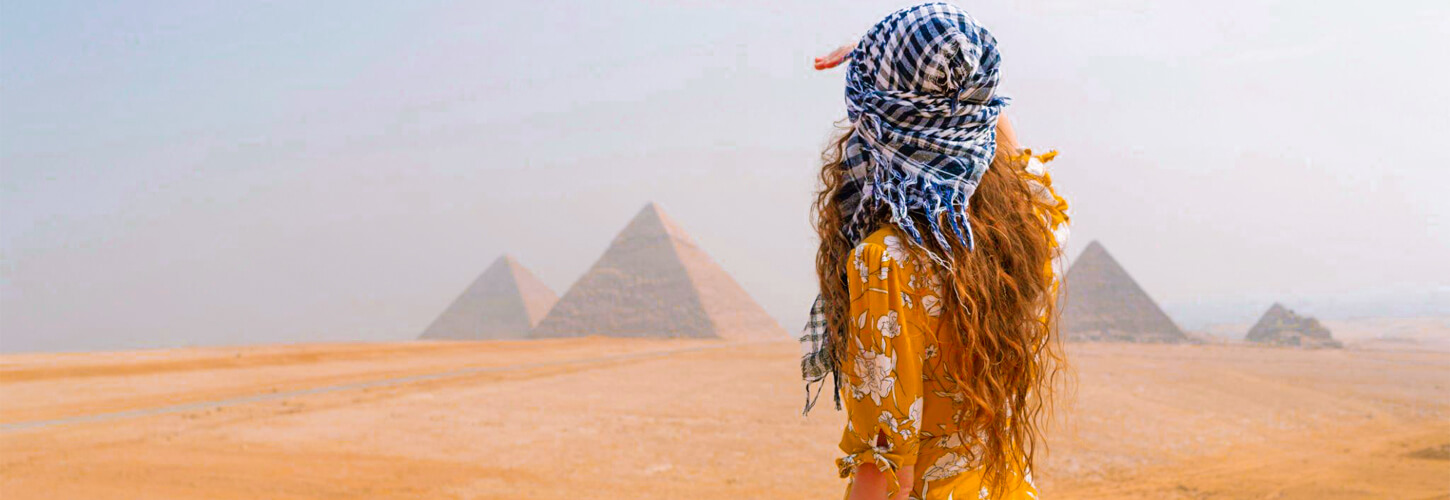
Clothing Recommendations for Different Settings
- Urban Areas: When traveling to Egypt, it’s essential to consider the appropriate clothing for different settings, as the country offers diverse destinations and experiences. For urban areas like Cairo and Alexandria, where you’ll likely explore vibrant city streets and visit cultural landmarks, opt for modest and comfortable clothing. Loose-fitting pants or skirts paired with lightweight, breathable tops are ideal. You can also consider wearing a light jacket or cardigan for cooler evenings. Choose comfortable walking shoes that can withstand long hours of exploration.
- Beach Destinations: Pack your swimsuits, cover-ups, and beachwear essentials when heading to Sharm El Sheikh or Hurghada. At the beach, you have more flexibility with clothing choices, but it’s still important to respect local customs. Bikinis and swimsuits are acceptable on the beach, but wearing a cover-up or sarong is advisable when moving away from the shore. Remember to pack a wide-brimmed hat, sunglasses, and sunscreen to protect yourself from the sun’s rays.
- Desert and Safari: Practicality and protection from the elements are key for desert excursions and safari trips. Opt for lightweight, long-sleeved shirts and loose-fitting pants to protect your skin from the sun and potential insect bites. Neutral-colored clothing can help you blend in with the surroundings. A wide-brimmed hat, sunglasses, and a scarf or bandana are also essential to shield your face from the wind and sand. Choose sturdy, closed-toe shoes or boots that can handle sandy terrain and provide ample support.

Shopping for Clothing in Egypt
If you need appropriate clothing during your visit to Egypt, there are several places where you can shop for suitable attire. Local markets and bazaars offer a unique shopping experience and a chance to immerse yourself in the vibrant culture of Egypt. Places like Khan El Khalili in Cairo or the Old Market in Luxor are popular destinations for finding various clothing options, including traditional garments and modern styles. These markets are known for their bustling atmosphere, colorful displays, and opportunities for bargaining.
For those who prefer a more modern shopping experience, Egypt has many popular shopping malls, especially in major cities like Cairo and Alexandria. Places like Citystars Mall in Cairo or Mall of Arabia in Cairo offer a range of local and international brands, making finding clothing that suits your style and preferences easier. These malls provide a comfortable and air-conditioned shopping environment, with various stores catering to different budgets.
When shopping in Egypt, keeping a few things in mind is essential. Bargaining is expected in local markets and bazaars, so don’t hesitate to negotiate prices with the vendors. Start by offering a lower price than quoted one, and be prepared to meet somewhere in the middle. This adds to the fun and excitement of the shopping experience. However, fixed prices are the norm in shopping malls, so bargaining may not be applicable.
To ensure you’re purchasing authentic products, be cautious and attentive. Look for reputable shops and vendors with good reviews or recommendations. Examine the quality of the fabrics, stitching, and overall craftsmanship of the clothing items. Authentic traditional garments are often handmade and feature intricate details. If you’re unsure, don’t hesitate to ask the seller about the origin and authenticity of the products.
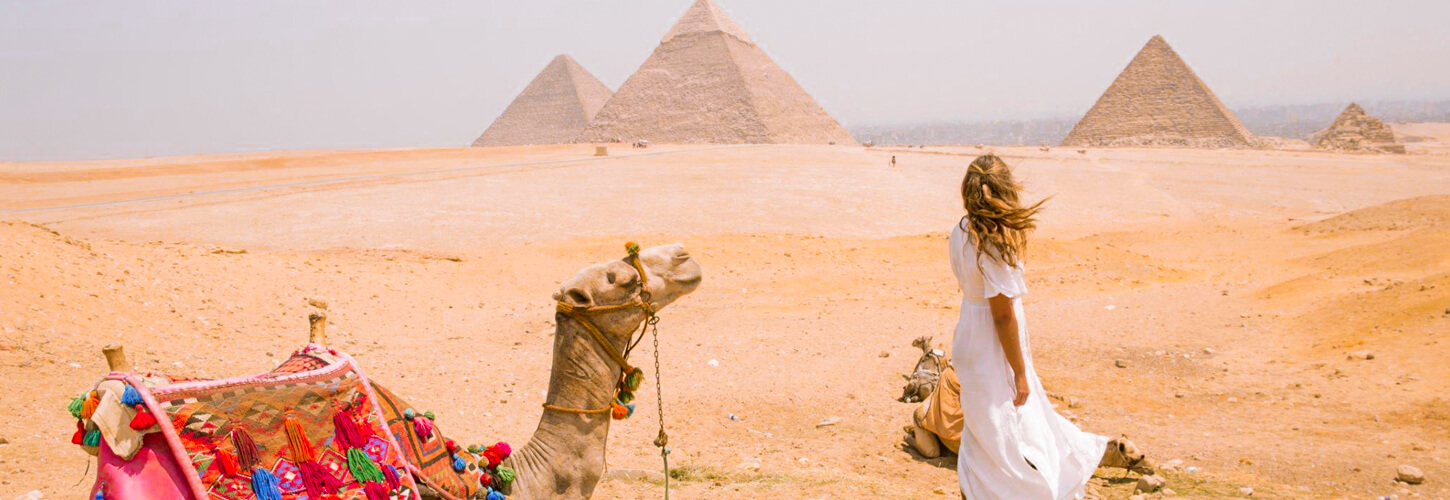
Conclusion
In conclusion, we have covered a range of important factors to consider when deciding what to wear as a woman in Egypt. By respecting local customs and traditions, you show cultural sensitivity and enhance your overall experience in this fascinating country. From understanding the cultural and religious influences on dress codes to exploring suitable clothing options for different settings, we have provided valuable insights to help you navigate Egypt’s diverse culture.
We also explored shopping options in Egypt, including local markets, bazaars, and shopping malls, where you can find appropriate clothing. Bargaining in markets adds to the cultural experience, while shopping malls provide a more modern and convenient alternative. Regardless of where you shop, remember to look for authenticity and quality in the products you purchase.

